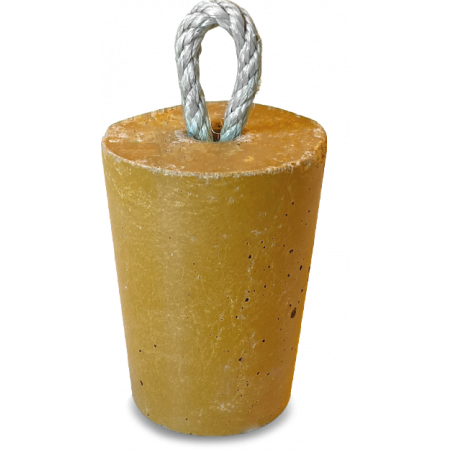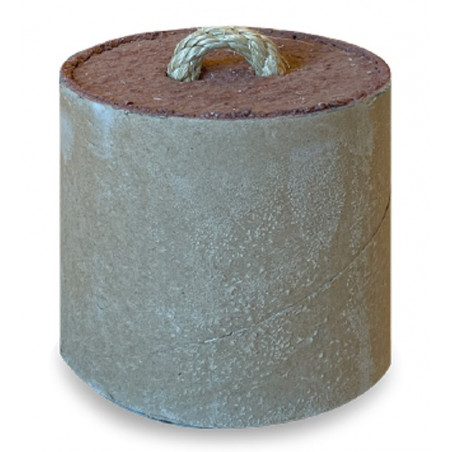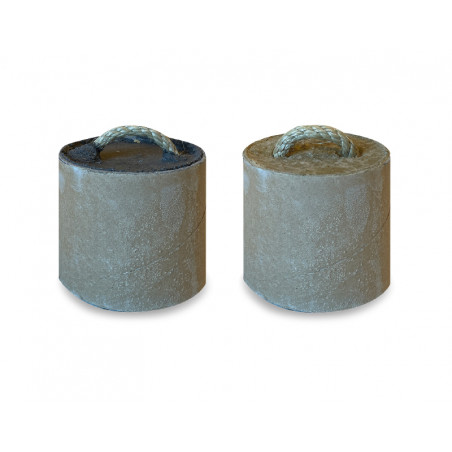Tail biting is a welfare and economical concern in modern pig production. One common preventive measure used throughout the world is tail docking, which is generally considered one of the most effective methods for limiting tail biting. However, tail docking is a painful mutilation and systematic tail docking is not allowed in the EU. Therefore, the aim was to compare pig behaviour and the prevalence of tail biting in finishing pigs with intact tails housed in two different pen designs under Danish commercial conditions. PEN1 was a traditional Danish pen and PEN2 was inspired by Swedish finisher pen design and had a larger proportion of solid floor area (PEN1: 1/3 and PEN2: 2/3), reduced group size (PEN1: 15 and PEN2: 12), increased space allowance per head (PEN1: 0.7 m2 and PEN2: 0.89 m2) and straw allocated on the floor (PEN2) whereas straw was provided in a straw rack in PEN1. Tail damage observations were carried out daily by the stockperson and every 2 weeks one trained research technician assessed tail damages according to a tail scoring system.
Tail lesions were observed in 51% of PEN1 and in 11% of PEN2. PEN1 had higher prevalence of tail damages than PEN2 (23% v. 5%). Behavioural observations were carried out by the use of video recordings. Pigs in PEN2 tended to spend more time on tail-directed behaviour than pigs in PEN1, whereas pigs in PEN1 tended to spend more time on ear-directed behaviour. Pigs in PEN2 spent more time on straw-directed behaviour compared to pigs in PEN1. Pen design did not affect time spent on other penmate-directed behaviour. In addition, the level of welfare between the two pen designs was compared using the Welfare Quality® protocol. PEN2 received an overall score of ‘excellent’ while PEN1 scored ‘enhanced’. PEN2 scored higher on all principles besides ‘good health’, where PEN1 scored better on lameness and wounds. The main measurements accounting for the differences were water supply, huddling, tail biting, social behaviour and fear of humans.

In conclusion, the combination of increased space allowance, increased area of solid flooring, straw allocated onto the floor and reduced group size (PEN2) resulted in fewer tail damaged pigs and a better overall welfare assessment, despite a tendency for more tail-directed behaviour.
Brandt P, Hakansson F, Jensen T, Nielsen MBF, Lahrmann HP, Hansen CF, Forkman B, Effect of pen design on tail biting and tail-directed behaviour of finishing pigs with intact tails. Animal. 2020; 14(5): 1034-1042. https://doi.org/10.1017/S1751731119002805.








